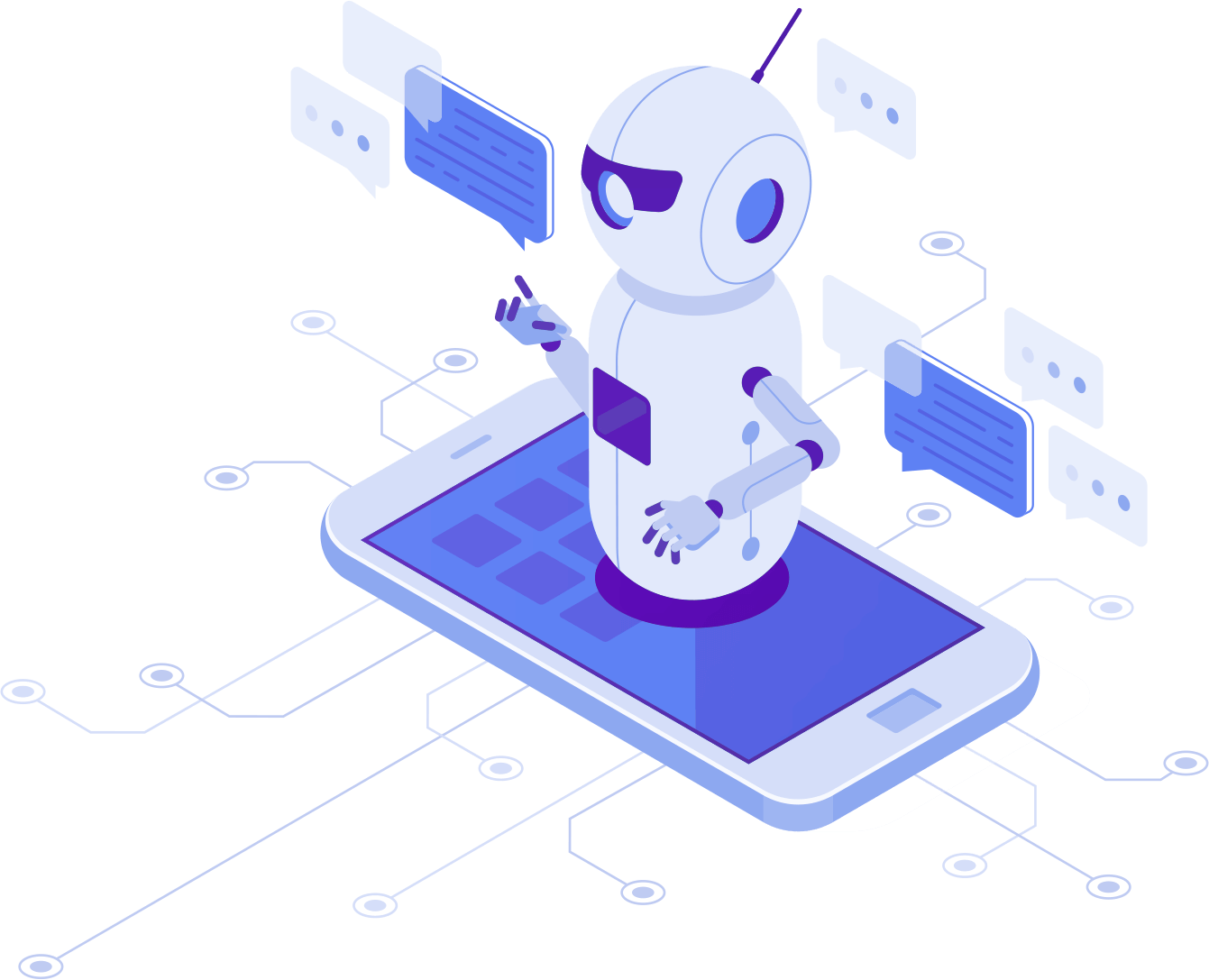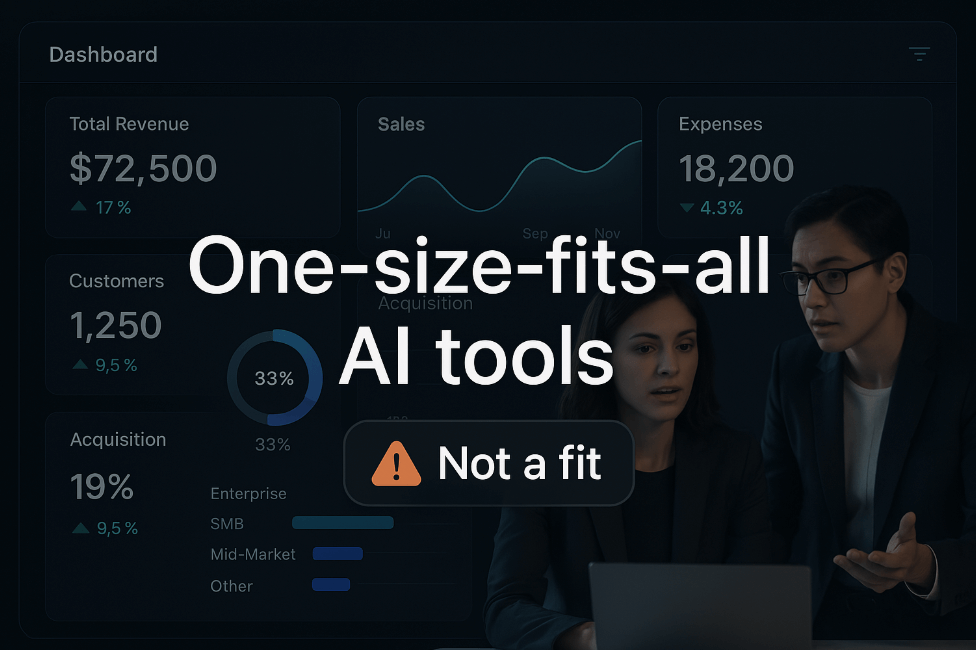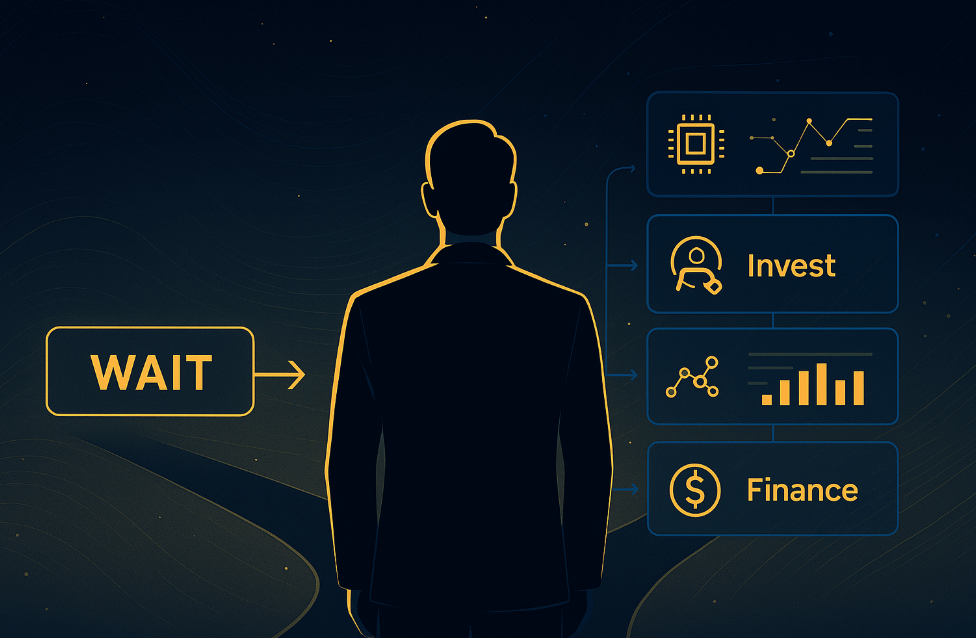Chatbots, also known as Artificial Conversational Entities, are computer programs able to automate various tasks by holding conversations with human users. The workflow of a bot depends on its type, but generally, they all follow the same core sequence: receive input in regular human language or symbol expression, understand it (that’s where the magic happens), and provide a relevant answer.
Marketing-wise, the most fascinating chatbot superpower is the ability to nurture leads and provide personalized experiences which seamlessly move customers through all stages of a sales funnel.
If you are considering to enrich your marketing effort with chatbots, it is essential to research their types and value brought to business. However, it is just as important to understand the bigger picture: where the means of conversational marketing is leading us and how to put them to good use. Let’s start from that.
Conversational marketing
On its way to attract, engage, and delight, conventional marketing efforts produce a lot of clutter. Poorly recycled content, repetitive slogans, unopened emails… That’s far from enchanting.
Meanwhile, all the buyer wants is an authentic relationship with brands, and short, on-demand personalized exchanges. Whenever possible, they should be initiated by the customer, not the company, and be useful. That’s where conversational marketing comes into action.
As a relatively fresh concept coined by Drift, conversational marketing leverages the power of real-time conversations and two-way dialogue to engage customers, whether it’s a reaction to your content, or a call for assistance. In most cases, such interactions produce value (information, guidance, troubleshooting) to the buyer. The good pays off: in the 2019 Edelman Trust Barometer special report, 56% of consumers highlighted the importance of excellent customer experience and quick support as factors growing their brand trust.
There are various means to get in touch with your customers: from human representatives to social media channels. However, chatbots are among the most efficient tools to put conversational marketing into practice: as Gartner predicts, by 2022, 70% of all online customer interactions will involve machine learning, bots, and mobile messaging. It might be the right time to onboard a chatbot in your marketing department.
Types of chatbots
We can cluster chatbots into several categories, depending on the level of Machine Learning and Artificial Intelligence they utilise.
1. Button (menu) chatbots
The simplest type of chatbots function by following predefined rules, or decision trees, helping them lead conversations to logical outcomes. Not actual verbal conversations, though. The rule-based chatbots are built with a graphical interface, so the user maintains interaction by selecting relevant menu buttons.
Not requiring any AI capabilities, the button (menu) chatbots are cost and competence-efficient to develop. They can also work in any language they are programmed for. However, the quality of user experience often depends on the technology difficulty. Constrained by the layers in their decision trees, the button (menu) bots fall short in advanced queries with many variables. Therefore, they are usually applied to conduct surveys, guide users through a specific process, or automate tasks which can be defined with a set of finite scenarios.
Button (menu) chatbot example: Inbenta
2. Keyword recognition chatbots
One shelf above, you’ll find the keyword recognition bots. In a way, it is still a rule-based type, as bots are programmed to spot important keywords (therefore, rules) in user’s queries and generate customized responses. Unlike button (menu) bots, it is an AI-driven technology, because keyword recognition is done using a simple form of Natural Language Processing (NLP). For example, if a user typed a question “How do I request a late checkout in Plaza hotel”, the bot would pick up words like “late” and “checkout” and get back with a link to a help file which explains the process.
In this sense, keyword recognition bots act like search engines. The user can simply type and submit the query, and expect an immediate answer. No need to push multiple buttons and guide the chatbot through its own “thought process”. Nevertheless, the efficacy of such bots is highly dependent on their builder and the NLP engine used. Failure to ensure the recognition of synonyms or compounds of keywords lead to wrong answers.
Keyword recognition chatbot example: Ask Emma
3. Hybrid chatbots
Very often, the capabilities of button (menu) and keyword recognition bots come together into one hybrid tool. Usually, it follows the menu flow and asks to select a relevant button, leaving a designated field for more complex queries. Depending on the user’s action, the bot determines its path through the decision tree or scans the keywords and generates the answer.
Another way of creating a hybrid chatbot is coupling bot and human-powered conversations. In this case, the bot initiates a conversation, clears out a customer query and either answers it or invites a human representative to step in for further discussion.
The main advantage of hybrid chatbots is their ability to ensure a great service experience while collecting conversation logs and documenting subjects not covered in the initial scenario for improvement. Leveraging manually set up rules and AI, the hybrid bot can support organizations in automating a large part of basic online interactions with customers, while developers are enriching its AI engine with a better understanding of user intent and context.
Hybrid chatbot example: HubSpot
4. Contextual chatbots
Able to identify hundreds of human-written questions, contextual chatbots are by far the most advanced bots out there. Using complex ML and AI technologies, they can understand the user’s intent, collect data, and provide support operations. For example, remember your last food order, payment and delivery details, and initiate the same command again. It can also send reminders or informational updates.
Contextual chatbots can automate simultaneous (unrelated) conversations, consult multiple users, and conduct initial problem diagnosis. Any drawbacks? It’s a costly investment, requiring time and a professional development platform. The creation of a contextual chatbot must be supported with a lot of data about the business, customers, and operations. Without trial and error, building a perfectly smart chatbot is unlikely.
Contextual chatbot example: AirFrance
Which one should you use?
When choosing a chatbot to boost your conversational marketing effort, consider not only the complexity of technology, but also the value proposition and how it complements your customers’ experience.
For example, MindTitan, a company specializing in AI solutions, uses the following function/value scale:
- Informational
- Personalized
- Transactional
- Intelligent
- Conversational
It might be tempting to opt for a really smart bot covering all possible customer-facing scenarios, but the experience of MindTitan shows that personalized and transactional functionalities generate 85% of the total business value the chatbot can provide.
To put it in practice, the best shot might be a chatbot which, aside from handling simple requests, can understand the user’s intent, give personalized answers, as well as execute and close transactions on the customer’s behalf, boosting the brand trust and loyalty. Theoretically, intelligent and conversational properties (such as human-like conversation flow) are just a nice-to-have cherry on top. However, as no business is the same, there’s no one-size-fits-all approach.
With this in mind, a hybrid chatbot for your marketing is a great starting point. Not being a rigid solution (such as button bots) it gives freedom to experiment. At the same time, it picks up behavioural patterns from your target audience to evolve the tool to perfection. In the end, building a chatbot for your business is a journey, not a destination.





